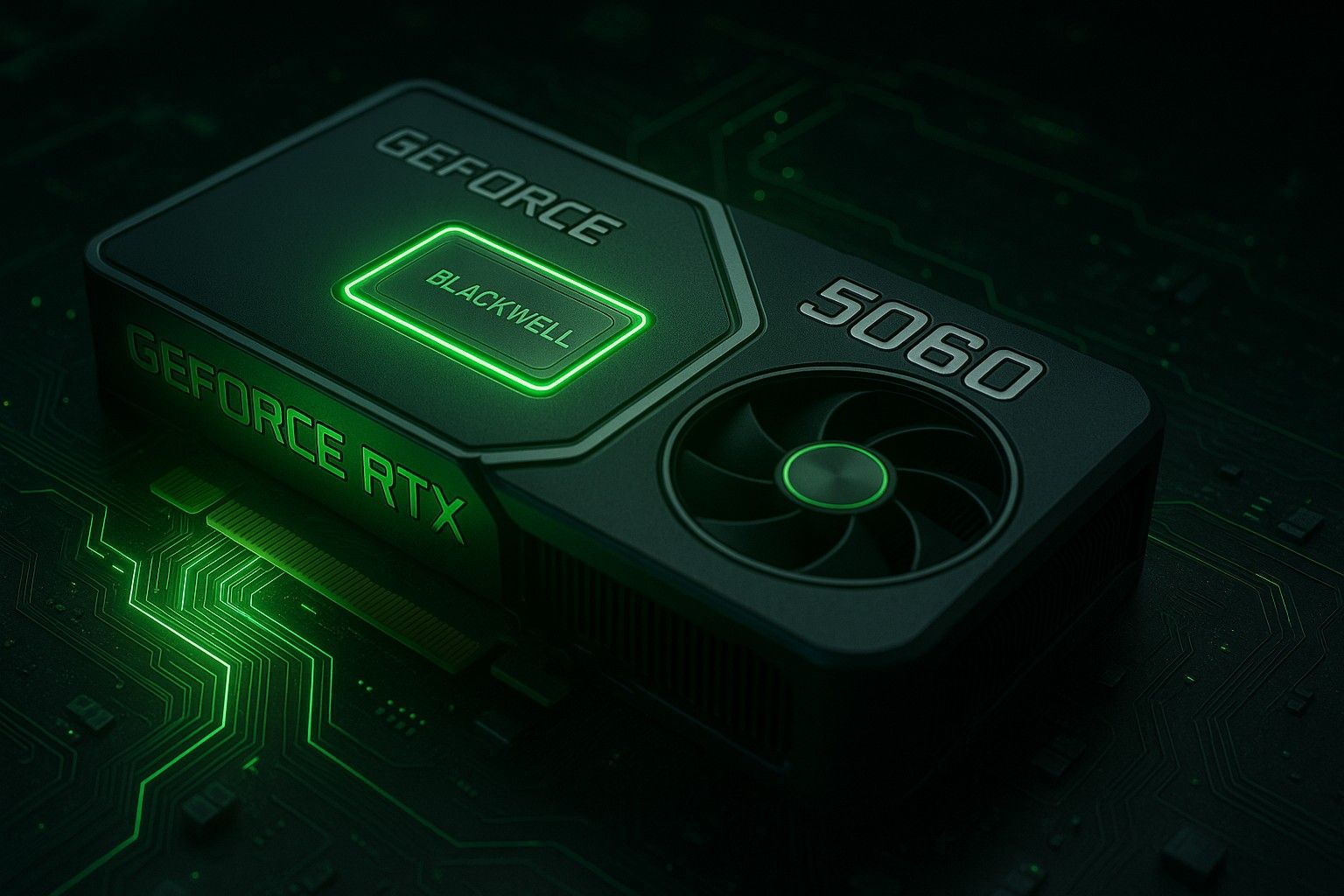U.S. Moves to Stop Nvidia AI Chip Smuggling to China
On May 5, 2025, the United States took another sharp turn in the escalating tech war with China. Congressman Bill Foster introduced a new bipartisan bill in Washington D.C. aimed at stopping the illegal smuggling of Nvidia’s advanced AI chips into Chinese territory. The bill is being described as one of the toughest pieces of legislation yet targeting unauthorized access to American AI hardware.
At the heart of the issue? Powerful chips like the Nvidia H100 and H200, which are restricted for export to China — but are still somehow making it into the country, often through third-party smuggling networks, grey markets, or disguised shipping routes.
The bill not only acknowledges the loopholes but goes one step further: it proposes that chipmakers like Nvidia should now be responsible for embedding location-based tracking and remote disabling mechanisms directly into their chips.
Why Nvidia Chips? Why Now?
Over the last two years, AI has become a national strategic priority — not just in Silicon Valley, but in global defense circles.
Chips like the H100 are not just advanced — they’re the core engine of modern AI models, including large language models, autonomous systems, surveillance systems, and potentially even military-grade AI decision-making platforms.
The U.S. previously enacted export bans to prevent China from getting access to such chips, citing national security and military use concerns.
But a recent string of reports — some coming from customs records, others from international intelligence briefings — suggest that hundreds of restricted Nvidia chips have made their way into China anyway. Some were shipped via Singapore, others through Malaysia, and even Eastern Europe using forged destination documents or shell companies.
And that’s where this new bill steps in.
What the Bill Wants to Do
Congressman Foster’s proposal doesn’t just aim to tighten paperwork — it wants to make the chips smarter themselves.
The bill calls for:
- Built-in location tracking for every export-restricted chip
- Geofencing enforcement, so that the chip only works in approved countries or regions
- Remote disablement if the chip is detected operating in banned locations
- Mandatory audit trails that record where and when the chip is activated
If passed, this would force Nvidia — and potentially other U.S. semiconductor companies — to embed digital export control mechanisms inside the chips themselves.
This would be a major shift in how chip security and export compliance are handled — moving it from border customs to inside the silicon.
Why This Bill Has Teeth
The bill is being seen as serious and enforceable — mainly because it has bipartisan backing in an election year when both parties are eager to show strength on China.
Lawmakers from both sides of the aisle have rallied around the idea that America cannot allow its most valuable, cutting-edge tech to slip through the cracks.
One Republican representative supporting the bill said,
“If we’re going to lead the AI era, we cannot allow our chips to power the ambitions of our biggest strategic rival.”
Supporters of the bill argue that the current approach — relying on shipping paperwork and trade compliance declarations — is too easy to circumvent in the age of globalized logistics and shell corporations.
How Did These Chips End Up in China Anyway?
Here’s what’s been happening:
- Companies in the U.S. or partner nations legally purchase Nvidia’s export-controlled chips.
- These chips are then resold, rerouted, or “laundered” through Hong Kong, UAE, or Southeast Asia.
- Fake end-use certificates are submitted.
- In some cases, chips are broken down and shipped as components, avoiding detection.
- Chinese companies then reassemble or re-import the hardware for AI training clusters.
This pipeline has been difficult to block — partly because U.S. enforcement is limited once the product leaves the country, and partly because tech supply chains are incredibly hard to track.
Why Nvidia Is Under Pressure
Nvidia hasn’t done anything illegal — in fact, the company has complied with U.S. export rules. But now lawmakers want proactive responsibility from chipmakers themselves.
That puts Nvidia in a tough spot:
- On one hand, it sells billions of dollars’ worth of chips globally.
- On the other hand, it's being told to police how those chips are used, even after they’ve been sold.
For Nvidia, implementing this kind of tracking and disabling could slow production, require major hardware and software changes, and spark backlash from global customers who don’t want their hardware remotely disabled.
Still, the pressure is mounting.
The U.S. is making it clear: You can sell high-powered AI chips — but not to China. And if they end up there, you’ll be expected to stop them from working.
What This Means for the Global AI Industry
This bill has wide-reaching implications, especially in three areas:
- Chip Design and Compliance Engineering
Companies like Nvidia, AMD, and Intel may have to rethink how they design chips — not just for performance, but for regulatory control. That could delay innovation cycles or increase prices.
- Geopolitical Technology Policy
The bill adds another layer to the ongoing U.S.–China tech rivalry. If enforced strictly, it could cut off China from a significant amount of black-market AI hardware and delay its AI development in sectors like military, finance, and surveillance.
- Market Fragmentation
Other countries may push back. Global partners could see this kind of chip disablement tech as a sovereignty risk — what if a U.S.-made chip in their country gets disabled during political tension?
This opens the door for China to accelerate its domestic chip development and for countries like India, Russia, and Saudi Arabia to invest in non-U.S. AI hardware alternatives.
Is This the Start of Embedded Tech Policy?
This bill reflects a broader trend: embedding policy enforcement directly into technology itself.
Rather than rely on paper laws or customs checks, lawmakers now want to build compliance into code, circuitry, and firmware.
That’s a profound shift.
We’re entering an era where AI chips might not just think and compute — they might also report, restrict, or refuse to function depending on where they are and who’s using them.
The idea that hardware could become a geopolitical actor is no longer science fiction.
What Happens Next
The bill has been introduced and is now heading toward committee review in Congress. Given the bipartisan support and rising concern over U.S. tech leakage, it is expected to move quickly through early stages.
Industry lobbying will play a role. Nvidia has not yet issued a formal comment, but analysts say it’s likely to push back on technical feasibility, cost, and customer trust issues.
Still, with national security front and center — and with the White House signaling support — the momentum behind this bill is strong.
Final Thoughts
The world of AI is moving fast — but so is the race to control it.
On May 5, 2025, the United States didn’t just target Nvidia chips. It targeted the very idea that advanced technology can be exported freely in a fragmented, high-risk world.
With this bill, Congress is saying: AI power must come with control. And if chips are the brains of modern intelligence, then they must be accountable, traceable, and stoppable when used improperly.
It’s a bold move. It won’t be easy. But it may define how the next generation of AI is built, bought, and secured.













